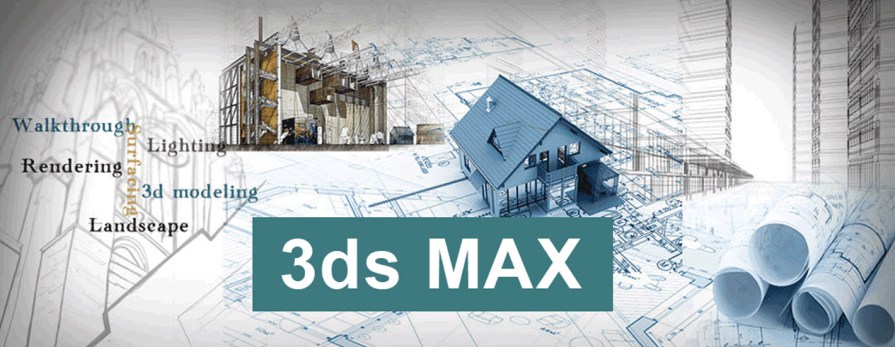Let children creative and make a different
Let children creative and make a different

Autodesk® 3ds Max® 2015 helps you get started with tools for 3D modeling, animation, rendering, compositing and pre-production planning. You’ll learn how to apply materials and light scenes, animate cameras and objects, assemble short sequences, and avoid long render times.Best 3ds MAX training institute in Hyderabad